Discover Kaziranga National Park: A Jewel of Wildlife Conservation in India
Nestled in the heart of Northeast India, Kaziranga National Park stands as a beacon of biodiversity and conservation success. For international travelers seeking an immersive wildlife experience, this UNESCO World Heritage Site offers unparalleled opportunities to witness rare species in their natural habitat. From thrilling jeep safaris spotting the iconic one-horned rhinoceros to serene boat rides along the mighty Brahmaputra River, Kaziranga promises an adventure that combines natural wonders with cultural insights. Whether you’re a nature enthusiast, photographer, or eco-tourist, this guide will equip you with everything you need to plan your visit, highlighting its geographical allure, rich history, global fame, thriving rhino population, key features, and practical travel tips.
Geographical Location
Kaziranga National Park is situated in the northeastern state of Assam, India, spanning across the districts of Golaghat, Sonitpur, Biswanath, and Nagaon. It lies on the southern banks of the Brahmaputra River, which forms its northern and eastern boundaries, while the Mora Diphlu River marks the southern edge. Geographically, the park is positioned between latitudes 26°30′ N and 26°45′ N, and longitudes 93°08′ E to 93°36′ E, covering an expansive area of approximately 1,090 square kilometers (420 square miles), though erosion has slightly reduced this over time. The terrain is predominantly flat, with elevations ranging from 40 to 80 meters above sea level, featuring fertile alluvial plains that flood annually during the monsoon, enriching the soil and supporting lush vegetation. This location in the Eastern Himalayan biodiversity hotspot makes it a vital ecological corridor, blending grasslands, wetlands, and forests in a tropical climate.
For international visitors, Kaziranga’s remote yet accessible position offers a chance to explore India’s less-traveled northeast, where the landscape transitions from riverine floodplains to the foothills of the Karbi Anglong hills. The park’s proximity to the Brahmaputra not only shapes its ecosystem but also provides stunning vistas, especially during sunsets over the water.
History
The story of Kaziranga National Park is one of visionary conservation. In 1904, Mary Curzon, wife of the then-Viceroy of India Lord Curzon, visited the area and was dismayed by the absence of rhinoceros sightings, prompting her to advocate for protection. This led to the establishment of the Kaziranga Proposed Reserve Forest in 1905, initially covering 232 square kilometers. By 1908, it was expanded, and in 1916, it became the Kaziranga Game Sanctuary. Hunting was fully prohibited by 1938, and the area was opened to visitors. Post-independence, it was renamed Kaziranga Wildlife Sanctuary in 1950 to emphasize conservation over sport. It achieved national park status in 1974 under the Assam National Park Act and was designated a UNESCO World Heritage Site in 1985 for its outstanding universal value in protecting endangered species. In 2006, it was declared a Tiger Reserve, further bolstering its protective measures.
Over the decades, Kaziranga has faced challenges like poaching and annual floods, but stringent anti-poaching efforts and community involvement have turned it into a global model for wildlife preservation. For international tourists, understanding this history adds depth to your visit—imagine walking in the footsteps of early conservationists who saved species from the brink of extinction.
Why It’s Famous
Kaziranga’s fame stems from its role as a sanctuary for the greater one-horned rhinoceros (Rhinoceros unicornis), hosting the world’s largest population of this vulnerable species. It’s often called the “Serengeti of India” for its high visibility of wildlife, where visitors can spot rhinos grazing in open grasslands—a rarity in denser jungles. The park is also renowned for its “Big Five” of Indian wildlife: rhinoceros, tiger, elephant, wild water buffalo, and eastern swamp deer, all thriving in one location. As an Important Bird Area recognized by BirdLife International, it attracts ornithologists with over 500 bird species, including migratory visitors from Central Asia.
Globally, Kaziranga gained prominence through documentaries like Robin Banerjee’s 1961 film and Mark Shand’s award-winning “Queen of the Elephants” in 1996, as well as its UNESCO status. For international travelers, its fame lies in offering authentic, ethical wildlife encounters—jeep and elephant safaris provide close-up views without disturbing habitats, making it a must-visit for those interested in conservation tourism.
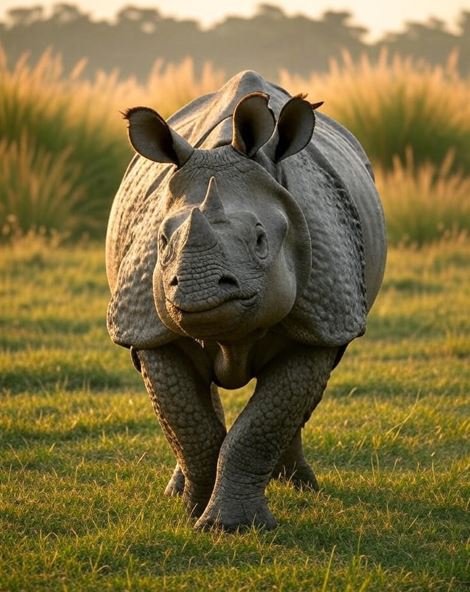
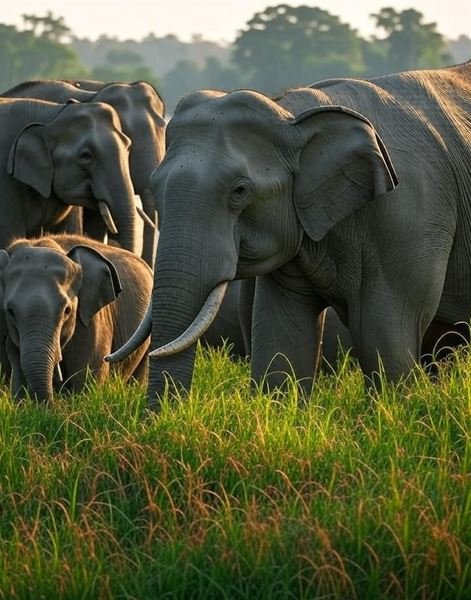
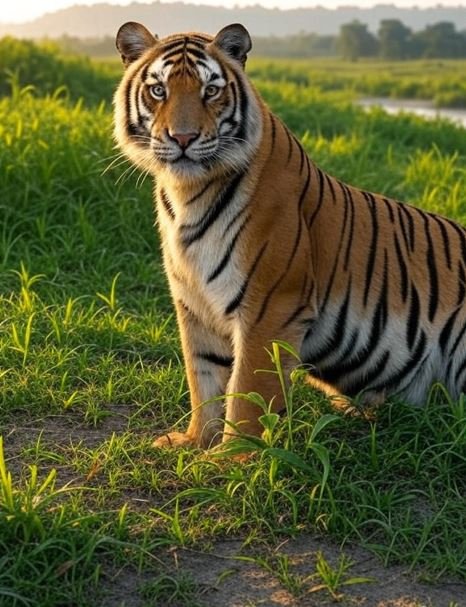

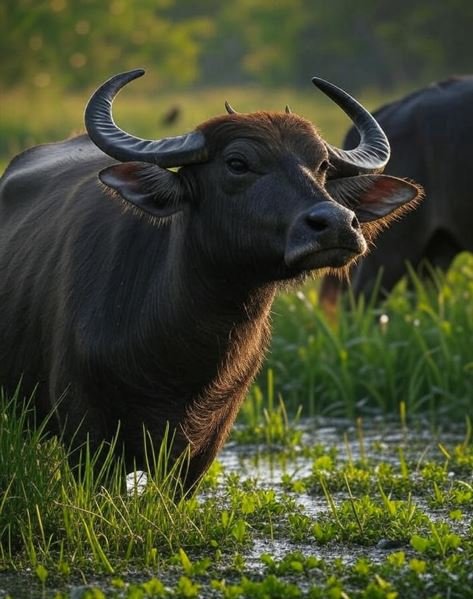
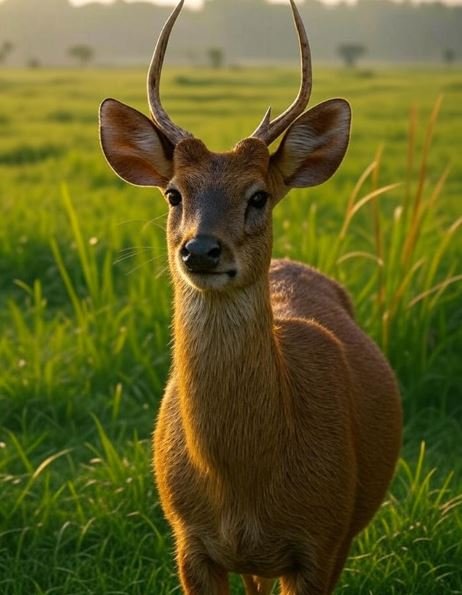
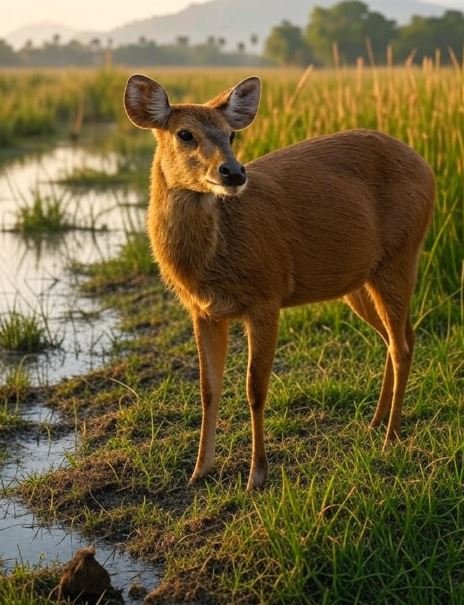
Rhino Population
The greater one-horned rhinoceros is Kaziranga’s star attraction, with the park safeguarding over 90% of Assam’s rhino population and a significant portion of the global total. According to the latest available census in 2018, Kaziranga was home to 2,613 rhinos, including 1,641 adults and 385 calves, marking steady growth from 2,401 in 2015. Recent estimates suggest the number remains around 2,600 or more, contributing to the species’ global recovery from fewer than 200 individuals in 1900 to over 4,000 today across India and Nepal. In Assam alone, conservation efforts have boosted numbers to approximately 2,900-3,000, with Kaziranga as the epicenter.
This success is attributed to rigorous anti-poaching patrols, habitat management, and international collaborations, though threats like poaching for horns and habitat loss persist. For tourists, sighting these prehistoric-looking creatures—often in family groups—is a highlight, symbolizing India’s commitment to biodiversity. International visitors can support conservation by choosing eco-friendly tours and learning about ongoing efforts during guided visits.
Main Features of the Park
Kaziranga’s landscape is a mosaic of ecosystems: 41% tall elephant grass, 29% open jungle, 11% short grasses, 8% rivers and water bodies, 6% sand, and 4% swamps. Four major rivers, including the Brahmaputra, Diphlu, and Mora Dhansiri, crisscross the park, creating beels (wetlands) that cover 5% of the area and support aquatic life. The park is divided into five ranges for management: Central (Kohora), Western (Bagori), Eastern (Agratoli), Burapahar, and Northern.
Biodiversity is staggering, with 35 mammal species (15 threatened), including 1,940 Indian elephants, 1,666 wild water buffaloes, and 468 eastern swamp deer. Large predators like Bengal tigers (high density, ranking third globally) and leopards roam freely, while primates such as hoolock gibbons and Assamese macaques add to the primate diversity. Avifauna includes rarities like the greater adjutant stork and eastern imperial eagle, and reptiles feature king cobras and reticulated pythons. Recent additions include the binturong and Asian small-clawed otter.
Activities for international tourists include jeep safaris, elephant rides, boat safaris (seasonal), and trekking in buffer zones. The park’s floods create a dynamic environment, where elevated chapories (high grounds) serve as animal refuges, offering dramatic viewing opportunities.
How to Reach Kaziranga
Reaching Kaziranga is straightforward for international travelers, with options blending air, rail, and road travel. The nearest major airport is Lokpriya Gopinath Bordoloi International Airport in Guwahati (about 217-239 km away, a 4-5 hour drive), which connects to major Indian cities like Delhi, Mumbai, and Kolkata, as well as international hubs via layovers. Jorhat Airport (97 km, 2 hours) offers domestic flights from Kolkata and Guwahati. From the airport, hire a taxi or pre-book a transfer through your hotel.
By train, the closest station is Furkating (75 km), connected to Guwahati and other cities. For road access, National Highway 37 runs alongside the park, making it easy to drive from Guwahati (a scenic 4-5 hour journey through tea gardens and villages). International visitors should consider hiring a private car with a driver for comfort, as public buses are available but less convenient. Entry points include Kohora (central gate) for safaris.
Visa requirements: Most nationalities can apply for an e-Tourist Visa online (valid for 30-60 days), with visa-on-arrival options for select countries at major airports like Delhi or Mumbai before flying to Guwahati.
Where to Stay
Accommodations around Kaziranga cater to various budgets, emphasizing eco-tourism. Luxury options include Iora – The Retreat and Diphlu River Lodge, offering riverside cottages, infinity pools, and guided tours (rates starting at USD 150-300 per night). Mid-range stays like Infinity Resorts or Bonhabi Resort provide comfortable rooms with wildlife views (USD 80-150). Budget travelers can opt for government-run lodges like Aranya Tourist Lodge or eco-camps in the buffer zone (USD 30-80).
Many properties are located near the Kohora or Bagori ranges for easy safari access. For international guests, choose places with English-speaking staff, Wi-Fi, and international cuisine. Book in advance, especially during peak season, and look for sustainable options certified by organizations like TOFTigers to minimize your environmental footprint.
Planning Your Visit: Tips for International Tourists
The best time to visit is November to April, when weather is mild (10-25°C), wildlife sightings are optimal, and the park is open (closed May-October due to monsoons and floods). Summers (March-April) are hot but great for birdwatching, while winters offer pleasant safaris. Pack lightweight clothing, binoculars, insect repellent, and malaria prophylactics (consult a doctor, as the area is low-risk but precautionary). Safari bookings are mandatory via the official website (kaziranga.nptr.in) or agents—opt for early morning or late afternoon slots for best animal activity.
Respect park rules: Maintain silence, avoid littering, and stay on designated paths. Combine your trip with nearby attractions like tea estates in Jorhat or cultural visits to Majuli Island. Budget for entry fees (around USD 10-20 for foreigners, plus safari costs USD 50-100) and consider a multi-day package for deeper exploration.
Kaziranga National Park isn’t just a destination—it’s a testament to human dedication to preserving our planet’s treasures. As you depart, you’ll carry memories of rhinos silhouetted against the horizon, inspiring a commitment to global conservation. Plan your journey today and step into this wild paradise.